Tuesday, April 20, 2021 – Art of New York with with and whimsey


MANSION AND MUNIFICENCE: THE GILDED AGE OF FIFTH AVENUE
TONIGHT
Tuesday, April 20, 7 pm. on Zoom
Guide, lecturer, author and teacher of art and architecture, Emma Guest-Consales leads a virtual tour of the great mansions of Fifth Avenue. Starting with the ex-home of Henry Clay Frick that now houses the Frick Collection, all the way up to the former home of Andrew Carnegie, now the Cooper-Hewitt Museum, she takes us through some of the most extravagant urban palaces the city has ever seen.
REGISTER WITH THIS LINK:
https://www.nypl.org/events/programs/2021/04/20/mansions-and-munificence-gilded-age-fifth-avenue
TUESDAY, APRIL 20, 2021
The
342nd Edition
From Our Archives
Edmund Yaghjian
Artist
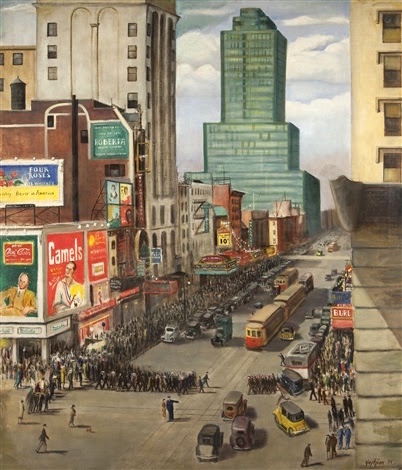
The seedier side of Broadway by a 1930s painter October 19, 2020 Cigarette ads, a burlesque house, a struggling theater, a flea circus and freak show (likely Hubert’s Museum): If you visited 42nd Street on the west side of Broadway at Times Square in 1932, this is what you’d find.
“42nd Street West of Broadway” was painted that year by Edmund Yaghjian, an Armenian immigrant who depicted daytime scenes of the 1930s cityscape and nocturnes that showcased the Depression-era Art Deco feel of the New York at the time.
After studying and then teaching at the Art Students League, Yaghjian took a teaching job in 1942 that forced him to leave Gotham for South Carolina, according to The Johnson Collection in Spartanburg, SC.
His New York City, the city of almost 90 years ago, is on view online at Artnet.
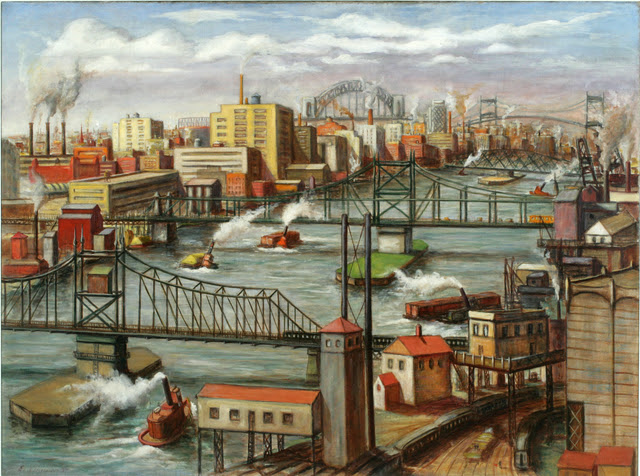
Ships on East River, 1937

Lower Manhattan in the 1930’s
When he was only two years old, Edmund Yaghjian’s Armenian family immigrated to Providence, Rhode Island, where they opened a grocery store. The young artist’s talent—and especially his skill in drawing portraits—was encouraged by his local minister who convinced a wealthy parishioner to provide Yaghjian with a scholarship to the prestigious Rhode Island School of Design. Following his 1930 graduation from RISD, Yaghjian enrolled at New York’s Art Students League. There, he studied with leading American painters, including John Sloan and Stuart Davis. These instructors and the influence of the Ashcan school led Yaghjian to abandon portraiture in order to pursue realistic portrayals of the people and places he experienced in the city. His work was recognized as “best of the year” in the League’s 1930 year-end report and, in 1932, he was represented at the Society of Independent Artists Annual Exhibition.
From 1938 to 1942, Yaghjian taught drawing and composition at the Art Students League; this tenure was followed by brief teaching stints at schools in New Hampshire and Connecticut, as well as the University of Missouri. Yaghjian was hired as chair of the University of South Carolina’s Department of Fine Arts in 1945, a post he held until 1966 when he was named the university’s artist in residence. Over the years, he mentored Jasper Johns, Sigmund Abeles, and the mural artist Blue Sky, among others. While his move to the South distanced Yaghjian from the national stage, his contributions to the arts in South Carolina were significant. As in New York, he viewed his hometown as a source of intriguing subject matter, capturing the streets of Columbia in vibrantly colored and increasingly modernist urban landscapes that successfully blend vernacular and abstract elements.
Yaghjian’s distinguished career was filled with notable awards and exhibitions at such important museums as the Metropolitan Museum of Art, Whitney Museum of American Art, National Academy of Design, Corcoran Gallery of Art, Butler Institute of Art, and Pennsylvania Academy of the Fine Arts.
Credited with being a catalyst in arts awareness in South Carolina, Yaghjian once noted: “I call myself a painter; only time will tell if I am an artist.”



Night at the Fair
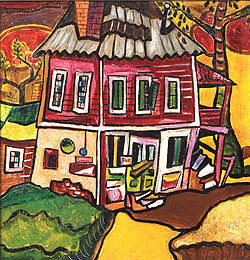
Corner House 1950
Antiques Store, Park Street Grocery, Bring in the Vegetables

TUESDAY PHOTO OF THE DAY
SEND YOUR SUBMISSION TO:
ROOSEVELTISLANDHISTORY@GMAIL.COM

MONDAY PHOTO OF THE DAY
Interior of Holy Spirit Chapel
former Dayspring Church
now The Sanctuary

Text by Judith Berdy
Thanks to Bobbie Slonevsky for her dedication to Blackwell’s Almanac and the RIHS
Thanks to Deborah Dorff for maintaining our website
Edited by Melanie Colter and Deborah Dorff
Sources
EPHEMERAL NEW YORK
JOHNSON COLLECTION
All image are copyrighted (c) Roosevelt Island Historical Society unless otherwise indicated
FUNDING PROVIDED BY ROOSEVELT ISLAND OPERATING CORPORATION PUBLIC PURPOSE GRANTS CITY COUNCIL REPRESENTATIVE BEN KALLOS DISCRETIONARY FUNDING THRU DYCD


Copyright © 2021 Roosevelt Island Historical Society, All rights reserved.Our mailing address is:
rooseveltislandhistory@gmail.com

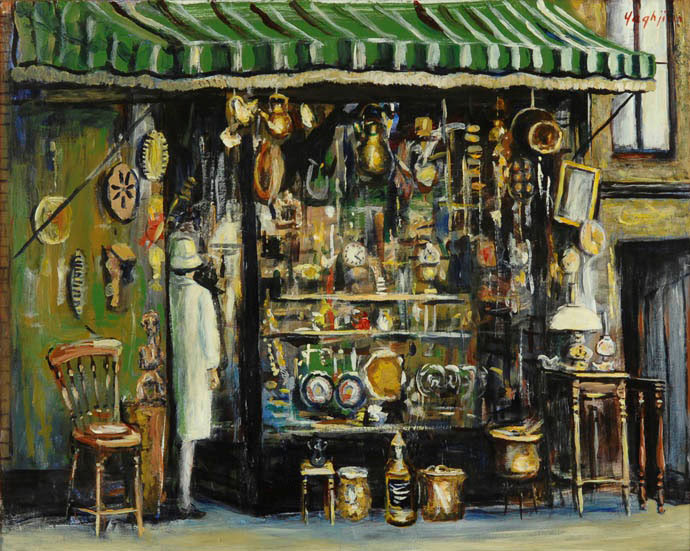
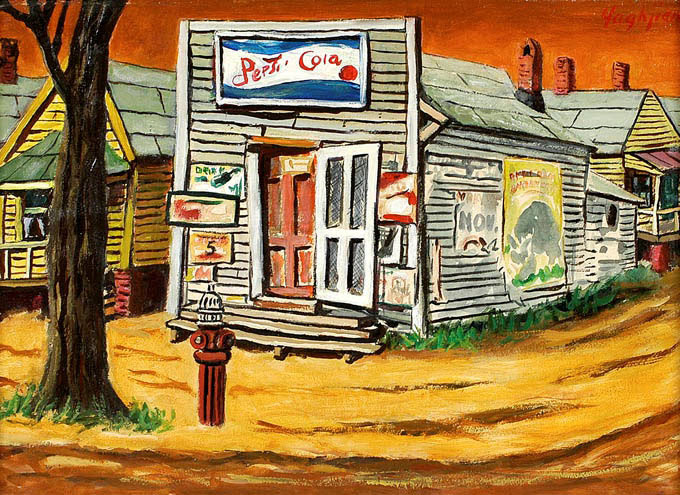
Leave a comment